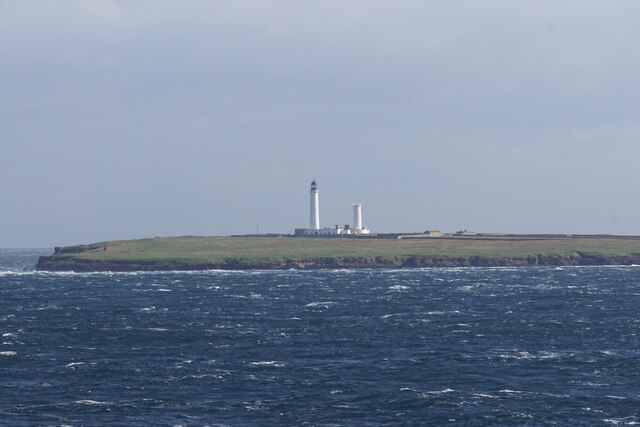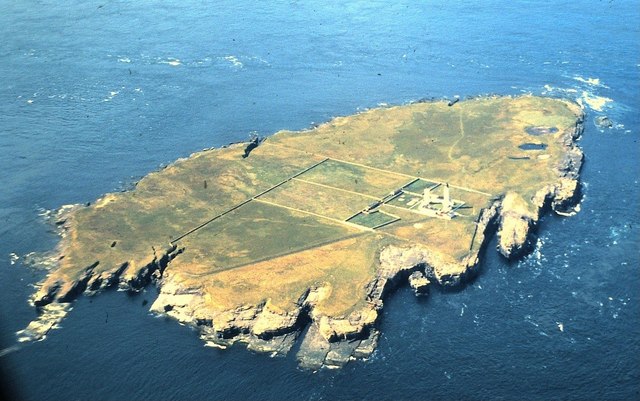Hunni Geo
Coastal Feature, Headland, Point in Orkney
Scotland
Hunni Geo

Hunni Geo is a prominent coastal feature located on the west coast of Orkney, an archipelago situated off the northeastern coast of Scotland. This geological formation is classified as a headland, extending outward into the North Atlantic Ocean. It is positioned to the south of Stromness, one of the largest settlements in Orkney.
Hunni Geo is characterized by its rugged and rocky terrain, which is typical of the Orkney coastline. The headland is composed of layers of sedimentary rock, shaped by years of natural erosion caused by the relentless crashing waves. The jagged cliffs of Hunni Geo rise steeply from the sea, offering a breathtaking view of the surrounding waters.
This coastal feature also serves as an important landmark for sailors and fishermen, helping them navigate the waters and avoid potential hazards. Its strategic location provides protection to the nearby harbors and bays, shielding them from the full force of the Atlantic Ocean.
In addition to its geological significance, Hunni Geo is known for its rich biodiversity. The surrounding waters are home to a diverse range of marine life, including seabirds, seals, and various species of fish. The cliffs of Hunni Geo also serve as nesting grounds for seabirds such as fulmars and kittiwakes.
Overall, Hunni Geo is a striking headland that showcases the natural beauty and geological diversity of Orkney's coastline. It is a popular destination for nature enthusiasts, geologists, and tourists seeking to experience the raw power and stunning landscapes of this remote Scottish archipelago.
If you have any feedback on the listing, please let us know in the comments section below.
Hunni Geo Images
Images are sourced within 2km of 58.687519/-2.9320556 or Grid Reference ND4678. Thanks to Geograph Open Source API. All images are credited.




Hunni Geo is located at Grid Ref: ND4678 (Lat: 58.687519, Lng: -2.9320556)
Unitary Authority: Orkney Islands
Police Authority: Highlands and Islands
What 3 Words
///mincing.cups.heartless. Near John o' Groats, Highland
Nearby Locations
Related Wikis
Muckle Skerry
Muckle Skerry is the largest of the Pentland Skerries that lie off the north coast of Scotland. It is home to the Pentland Skerries Lighthouse. Muckle...
SM U-18
SM U-18 was one of 329 submarines serving in the Imperial German Navy in World War I. U-18 engaged in the commerce warfare in the First Battle of the Atlantic...
Pentland Skerries
The Pentland Skerries (Old Norse: Pettlandssker) are a group of four uninhabited islands lying in the Pentland Firth, northeast of Duncansby Head and south...
Burwick, Orkney
Burwick () is a small harbour on the island of South Ronaldsay in the Orkney Islands, Scotland. It is the closest Orkney harbour to the Scottish mainland...
Have you been to Hunni Geo?
Leave your review of Hunni Geo below (or comments, questions and feedback).










